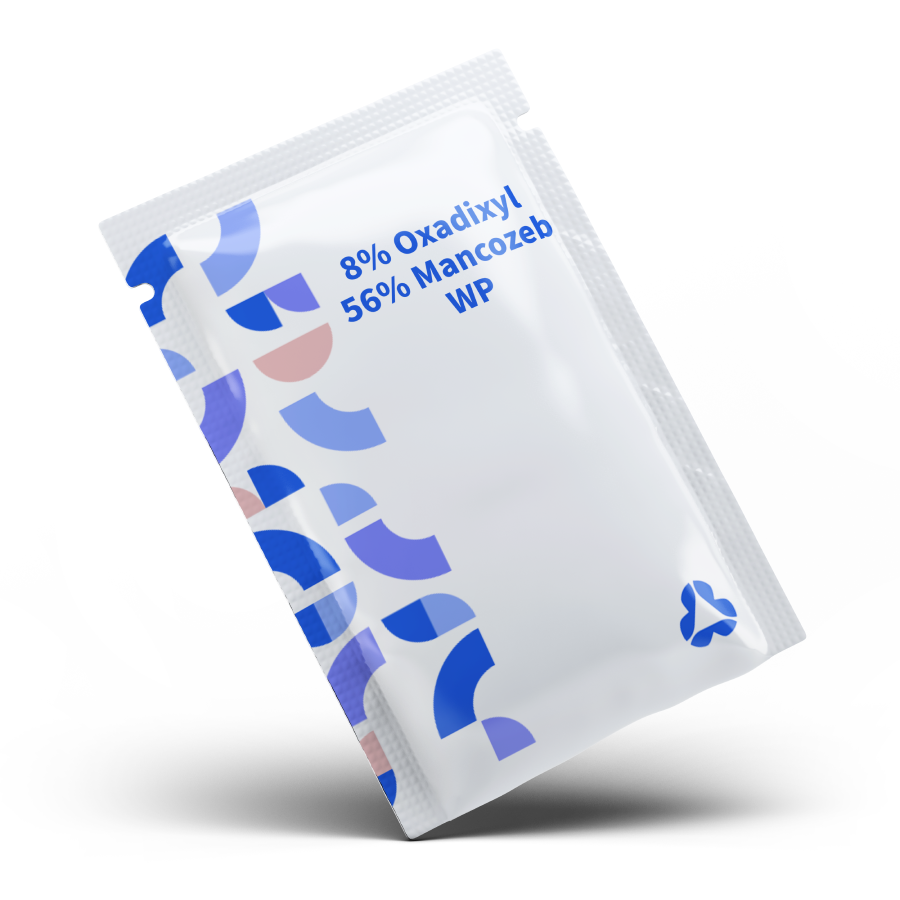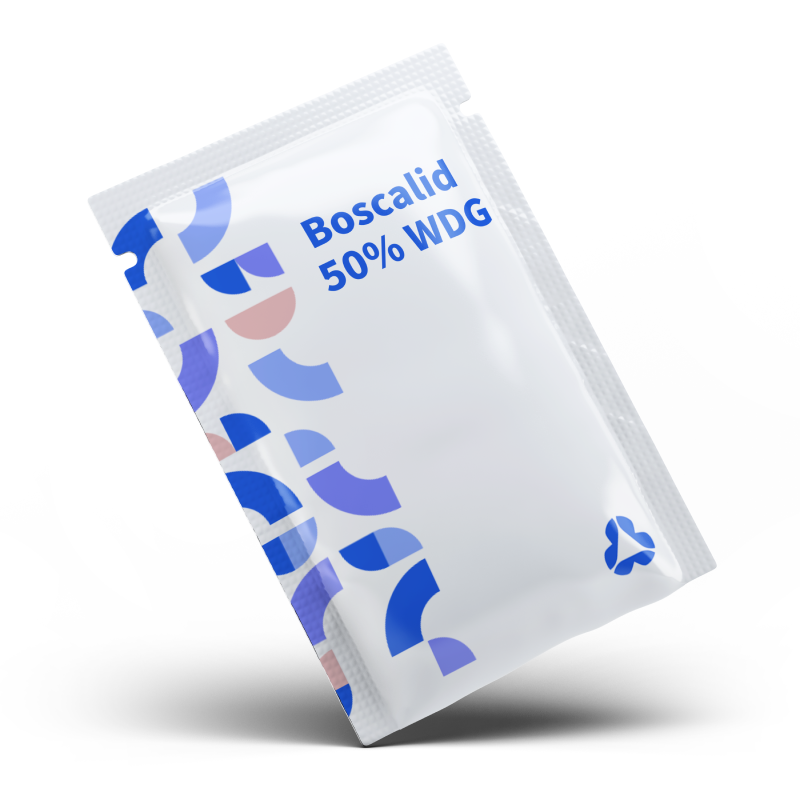8% Oxadixyl + 56% Mancozeb WP (Wettable Powder) is a highly effective and widely used fungicide formulation in modern agriculture. This product combines the power of two active ingredients, oxadixyl and mancozeb, to offer comprehensive protection against a diverse range of fungal diseases across numerous crops. The wettable powder formulation allows for easy mixing with water, enabling uniform application and effective delivery of the active ingredients to the target areas.

Difenoconazole 250g/L EC | Broad-Spectrum Systemic Fungicide
Difenoconazole 250g/L EC is a highly effective triazole-based systemic fungicide that offers preventive, curative, and eradicative protection against a wide range of fungal diseases in



